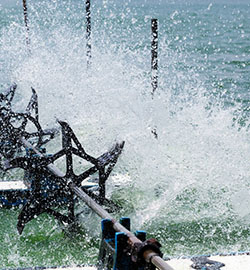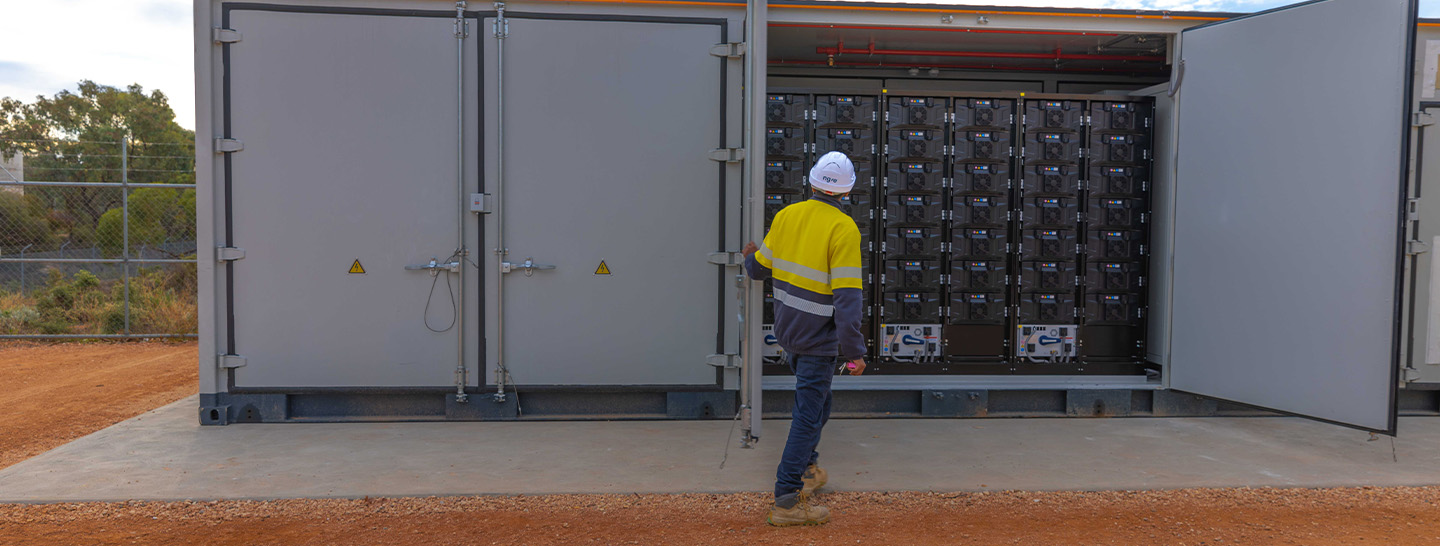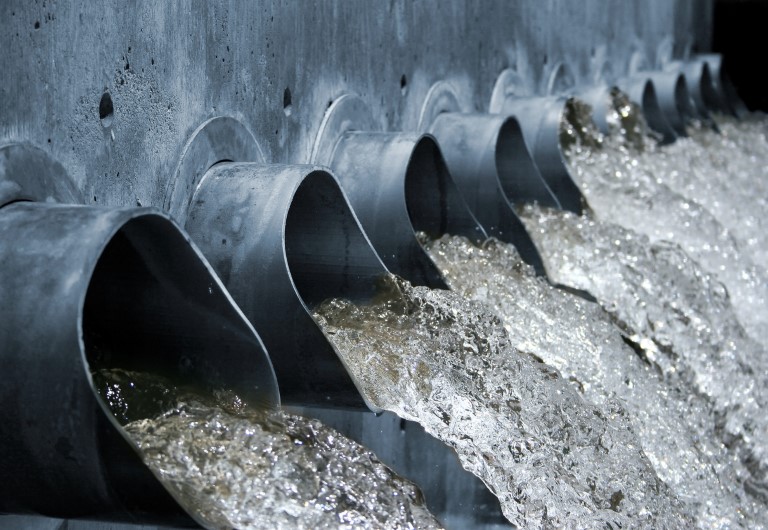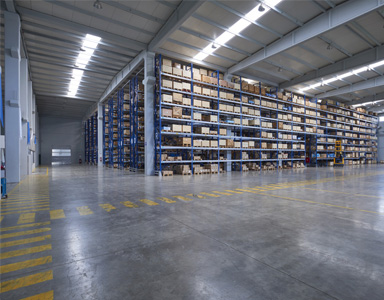Written by Matt Schultz, Head of Energy Storage, Enel X Australia
Anyone in the business of water – its transportation, processing and consumption – is inextricably linked to the business of energy. As energy prices rise, irrigation companies and irrigation operators are being faced with increasing costs of moving water from supply infrastructure to on farm.
This is leading to companies and individuals investigating cheaper options for energy and moving away from traditional sources such as electricity and diesel to renewable sources such as solar power and batteries. Underpinning these changes is an awareness of climate change and the need to develop mitigation strategies that involve fewer emissions.
The best approach to integrating renewables will vary between organisations and even between sites. In this article, we showcase some of the measures that two irrigation companies and a water utility are taking to improve energy efficiency and reduce energy costs for themselves and their customers.










